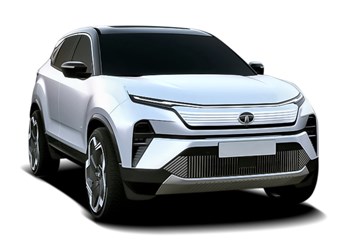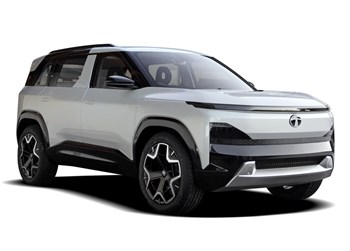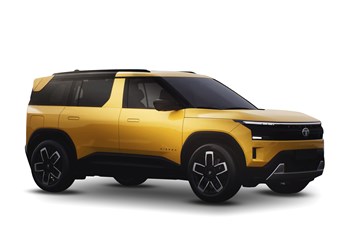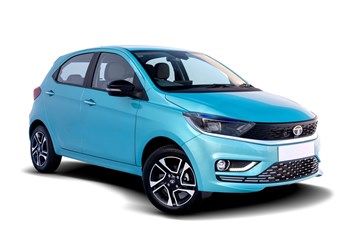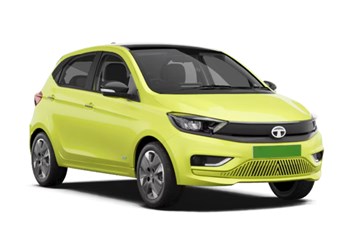Tata Manza EXL review, test drive
Tata’s mid-size saloon gets an update with minimal styling tweaks and new features.
Published on Jan 02, 2013 04:38:00 PM
83,687 Views
Make : Tata
Model : Indigo Manza
When launched in 2009, the Manza took Tata’s ‘more car per car’ philosophy to an all-new level. Here was a mid-size saloon that was more spacious than cars a couple of steps up the price ladder. While that should have translated to huge sales in a value-oriented market such as ours, the Manza hasn’t been the success Tata had hoped it to be. In a bid to bring it back in the reckoning, Tata has updated the Manza to make it more desirable.
When you open the doors you can immediately tell that enhancing the cabin ambience was the prime focus for Tata. The new range-topping Manza EXL we’ve featured here gets nicely finished leather seats with the Manza name embossed on the headrests. While the large seats don’t improve on comfort, they certainly do add a touch of class to the cabin. Another change is the revised centre console that now houses a touchscreen interface for the audio system, Bluetooth telephony and satellite navigation; a first in this segment. However, the sat-nav didn’t quite give us point-to-point directions as it was supposed to, but that’s something a software update can fix. No complaints about the new automatic climate control system, which helps cool the Manza’s vast cabin effectively.
Perceived quality also takes a step up as the predominantly black theme in the cabin helps camouflage the inconsistent panel gaps better than the beige tones of the earlier car. Curiously, the update does away with the soft-touch plastics on the dashboard top and door pads, though they still come unusually finished in a shade of plum.
On the outside, it’s hard to tell the ‘new’ Manza from the old. Look closer and you’ll notice the car’s new eight-spoke alloy wheel design and the chrome embellishments on the body. Top EX and EXL models also get a contrasting colour for the roof (black or silver) to distinguish these from lesser Manzas.
Tata hasn’t changed any of the mechanicals here, and it can still be had with a 1.4-litre petrol or a 1.3-litre turbo-diesel. We drove the diesel version and, as before, found it a bit sluggish in city driving, with the slightly heavy steering not helping comfort. What we did like, however, was the way the suspension absorbed bumps at city speeds. This, along with the comfy rear seat, make the Manza best suited to the chauffeur-driven.
Prices start at Rs 5.7 lakh (ex-showroom, Delhi) for the base petrol version and extend all the way up to Rs 8.8 lakh for the diesel in the EXL trim featured here. With the updates, the Manza holds on to its trump card of space and gives you a little more by way of features across the range. We just wish the Manza took a bigger leap forward in other areas as well.
Tata Cars
Related Images
Related Videos
Tech Specs
| Price | Petrol |
|---|---|
| Price Range Ex-showroom - Delhi | Rs 5.7-8.8 lakh |
| Engine | Petrol |
|---|---|
| Hybrid type | 1.4 petrol/ 1.3 turbo diesel |
| Power | 89bhp/89bhp |
| Torque to Weight Ratio (Nm/tonne) | 11.8kgm/20.4kgm |
| Transmission | Petrol |
|---|---|
| No of Gears | 5-speed manual |
| Efficiency | Petrol |
|---|---|
| Tank size (lts) | 44 litres |
| Body | Petrol |
|---|---|
| Rear Tyre | 185/65R15 |
Copyright (c) Autocar India. All rights reserved.
Copyright © 2025 Autocar India. All Rights Reserved.



